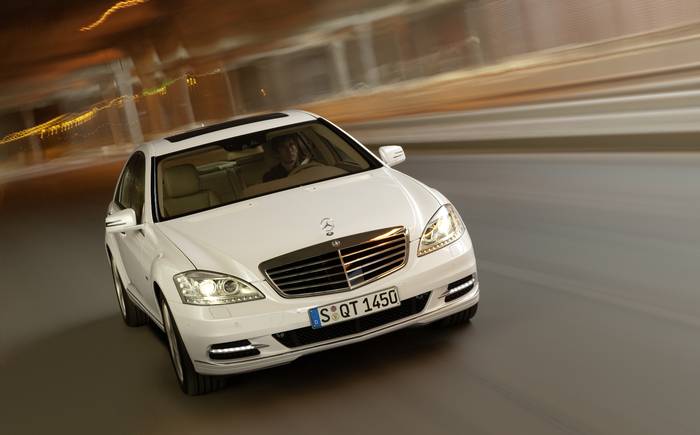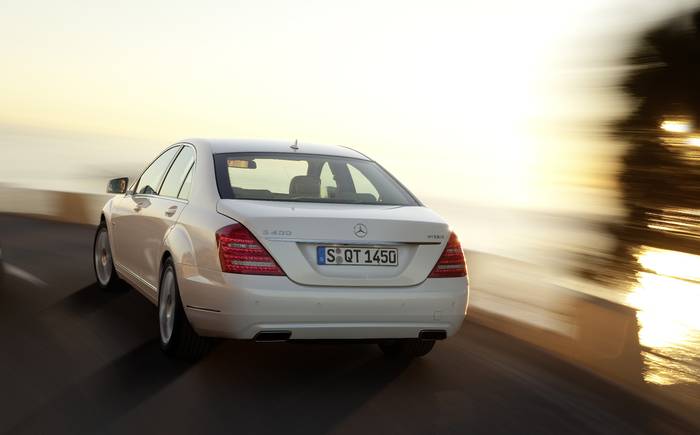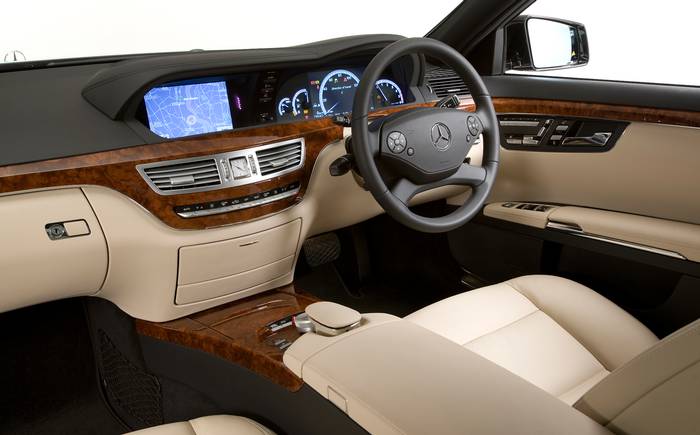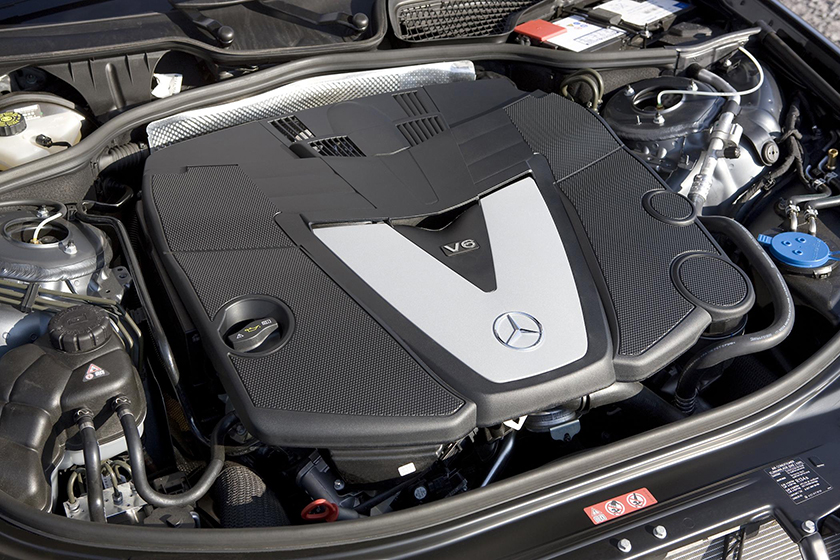Mercedes-Benz S-class W221 review (2006-2013)
S stands for Still the best

What is the Mercedes-Benz S-class W221?
It is widely rumoured that the most stressed engineers at Mercedes are those responsible for designing the new S-class. And with good reason: you might expect such a car to lead its class for a while when it’s new, but ieven in its last year of sales (2013), some seven years down the line and in the very twilight of its life, it was still untouchable in its segment. And that’s the way the S-class has been for generation after generation: the best mass-produced luxury car in the world. In the global history of automotive hard acts to follow, there have been fewer tougher acts than this one.
Search for and buy used Mercedes-Benz S-class on driving.co.uk
The drive

The point that Mercedes understands so well, yet that seems so often to be missed by its rivals, is that the twin pillars upon which the credibility of any luxury car must stand are ride and refinement. And here the W221 S-class is as good as any rival. If you want a car that’s going to be quieter or more comfortable than this, it’s going to cost not thousands more but hundreds of thousands more, and it will more than likely have to be wearing a Rolls-Royce badge on its nose.
From the outset there was a refined and torquey six-pot diesel engine available (the 235bhp S320 CDI), along with silky-smooth petrol engines in 272bhp 3.5-litre V6 (S 350), 388bhp 5.5-litre V8 (S 500) and 517bhp 5.5-litre V12 (S 600) forms. All cars were also available in long-wheelbase guise for the full plutocrat experience.
Within months a 3-litre petrol V6 option (the S280) came along, but this is unloved and best avoided — much more fun are the barking-mad 621bhp S65 AMG and 537bhp S63 AMG that arrived in late 2006/early 2007. It’s these ludicrously overpowered AMG versions that provide the most thrills, but they came in long-wheelbase form only, so they’re hardly cut out for track-day forays. As a result, while they’re quick, they’re unquenchably thirsty if you drive them as intended.
It says a lot that the combined sales of the petrol variants were dwarfed by those of the single diesel motor. It’s a smooth, punchy engine capable of returning excellent fuel consumption and the kind of high-speed, low-rev, effortless continent-busting progress that is the hallmark of the S-class’s talents.
The biggest surprise within this big saloon’s vault-like structure is that, despite its size, soft springing and copious weight, it’s actually a rewarding car to drive fast. The suspension is brilliantly controlled, so it doesn’t roll or wallow all over the place, and the steering is sufficiently accurate to allow you to place the car with ease and conviction.

The interior
If the S-class was starting to feel its age, it was mostly in its cabin. Audi and Jaguar in particular have moved the game on in the past few years, shying away from the old-school approach where the cabins of such cars should merely be as comfortable and cleanly laid out as possible. Jaguar in particular has created really special interiors, stylish home-from-home environments that make the ergonomically immaculate and effective interior of this generation of Mercedes look rather drab in comparison.
Like all cars in this category, the S-class was made available in both standard and long-wheelbase guises, the £4,000 upgrade from the short to the long looking like a sensible choice in a car that cost more than £60,000 in its most basic form. The normal-wheelbase model offers a comfortable place in which up to five adults can travel, but if you’re going to have people in the back over long distances, and certainly if you’re in a position to be driven yourself, rather than to drive, the long-wheelbase body is quite essential.
What to look out for
Few fault patterns have emerged, but problems have cropped up, such as door-mounted indicator LEDs packing up, and the lower control arm in the front suspension wearing out. The key can also go out of sync with the keyless start function, and the Comand multimedia system can go on the blink — as can some of the other electrics and electronics. Listen out for untoward noises from the gearbox — the automatic transmissions aren’t always as long-lived as you might expect.
Proving that these cars aren’t bullet-proof, Mercedes has issued half a dozen recalls for the S-class. These are for a variety of reasons, such as faulty instrument clusters, starting and running problems, steering failures and fuel leaks.
The one to buy
Mercedes-Benz S 350 BlueTEC L SE
Specifications
- Engine:
- 2987cc, V6
- Power:
- 254bhp @ 3600rpm
- Torque:
- 457 lb ft @ 1600rpm
- Transmission:
- 7-speed automatic
- Acceleration:
- 0-62mph in 7.1sec
- Top Speed:
- 155mph
- Fuel
- 45.6mpg
- CO2:
- 164g/km
- Road Tax Band:
- G
- Dimensions:
- L 5226mm, W 1871mm, H 1485mm





